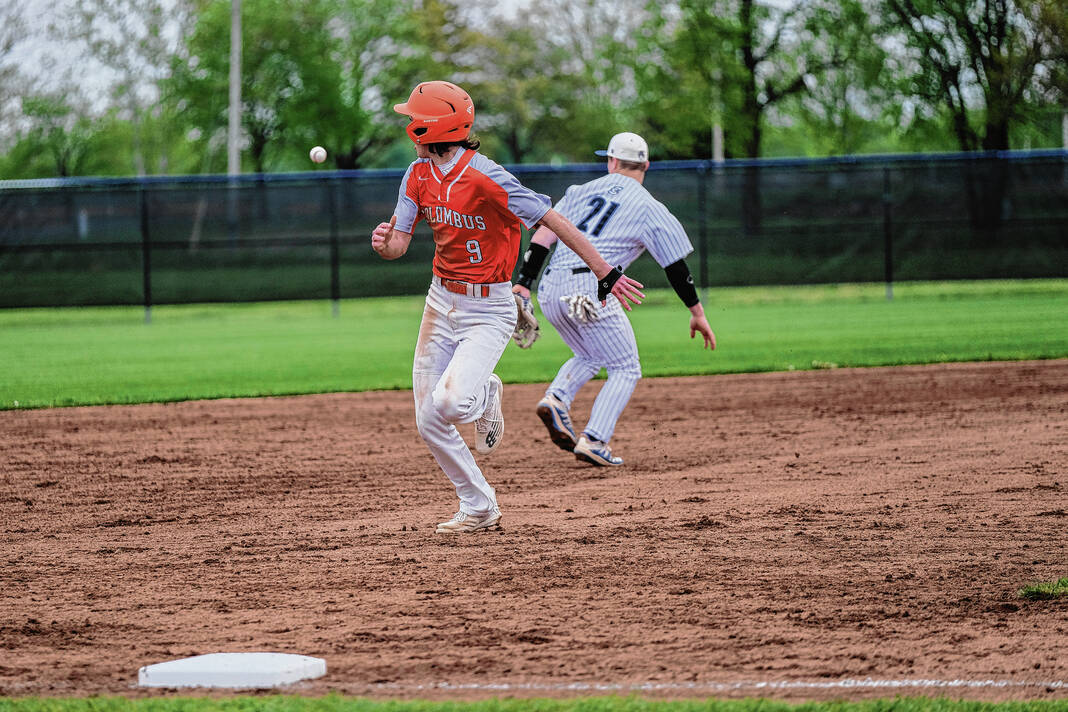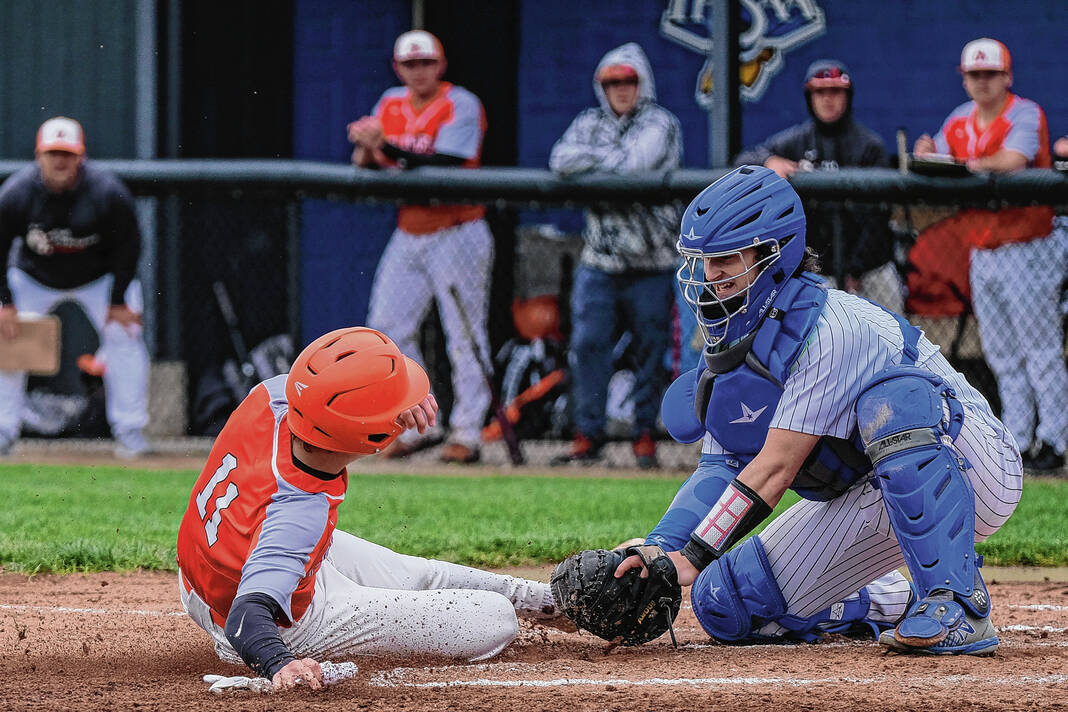The Columbus Symphony Orchestra presented its final concert of the 2016-17 season, “Hail to the Heroes,” on Sunday to a small but appreciative audience at The Commons.
Just as the blockbuster “Wonder Woman” is filling movie theatres around the world, the CSO filled the Nugent-Custer Performance Hall with musical blockbusters of heroic grandeur written for orchestra.
With the audience giving the ensemble a “hero’s welcome,” maestro Josh Aerie’s final concert in his second season with the orchestra was off to a dramatic start.
As the onstage curtain opened, revealing the entire brass section of the orchestra, the audience quickly recognized the well-known trumpet theme, soon joined by the percussion section on the floor with thunderous vitality. Conducting without a baton, Aerie utilized particularly aggressive and punctuated gestures to coax the most out of these dominating sections of the orchestra in the well-known “Fanfare for the Common Man” by Aaron Copland.
[sc:text-divider text-divider-title=”Story continues below gallery” ]
Although at times playing by the brass lacked cohesive articulation, the overall effect of the placement of the brass onstage and the assertiveness of the percussion was thrilling, and the audience responded with sustained and enthusiastic applause.
After a few introductory comments by Aerie allowing the brass to return to their normal placement in the orchestra, the CSO played another well-know piece, “Festive Overture” by Russian composer Dimitri Shostakovich. Written for the awarding of Shostakovich with an honorary doctorate, the CSO’s performance was highlighted by some fine playing in the woodwind section and the rich sonority of the full orchestra.
If there was a villain in their concert of heroes, the third selection of the CSO, “Nimrod” from “Enigma Variations” by Edward Elgar was it. The piece lacked the bombastic rhythmic drive of the other selections but offered a moment of quiet reflection.
Beginning with quiet strings and gradually building with the addition of the other instruments of the orchestra, the piece provided an elegant contrast to the exuberant excesses of the first two selections and set up beautifully the heart of the program, Ludwig van Beethoven’s Symphony No. 3 in E-flat, Op. 55, “Eroica.”
As a composer who bridged the musical periods of the classical and romantic styles, Beethoven introduced many of the changes to the symphony which were the defining characteristics of the new romantic style. This early symphony was longer in length than previous and introduced new challenges in rhythmic and tonal complexity.
Thus was the challenge presented to the CSO. Performing only the first and third movements of the symphony, Maestro Aerie worked diligently to bring out the musical nuances of the familiar theme of the opening movement which suffered slightly when presented by the numerically smaller units of the string section.
The exchanging of the theme between the major sections of the orchestra was well handled and was satisfying to the listener’s melodic ear. The third movement began well technically and rhythmically and the orchestra’s confidence seemed to grow. However, some intonation issues in the horns tarnished slightly the polished presentation of an orchestra working hard to live up to the musical challenges of this significant work.
At this point in the concert, the mood changed and a definite American influence was felt. As both its conductor and the orchestra itself seemed to relax and to have more fun with the music, the audience responded and the concert moved quickly to an exuberant conclusion.
Morton Gould’s “American Salute,” incorporating the well-know tune “When Johnny Comes Marching Home,” featured a driving percussion feel and the best playing by the brass in the concert. The orchestra was full yet buoyant, and that feeling continued in the “Armed Forces Salute,” which allowed members of the audience to stand when the music of their branch of the service was played and the audience recognized and rewarded them with their applause.
The finale of the concert was “Stars and Stripes Forever” by the march king himself, John Philip Souza. With conductor Aerie obviously having a good time with this well-loved slice of Americana, the CSO’s performance highlighted all the great moments of the piece from the piccolo solo performed by Riley Clark to the brass section standing and the percussion section providing a thundering exclamation point to the performance.
A quick standing ovation from the audience brought the concert and the CSO season to an appropriate, heroic end.
J. Kevin Butler is a graduate of the Indiana University Jacobs School of Music and was a high school choral director for more than 20 years. He is currently director of music for the First United Methodist Church of Columbus.






